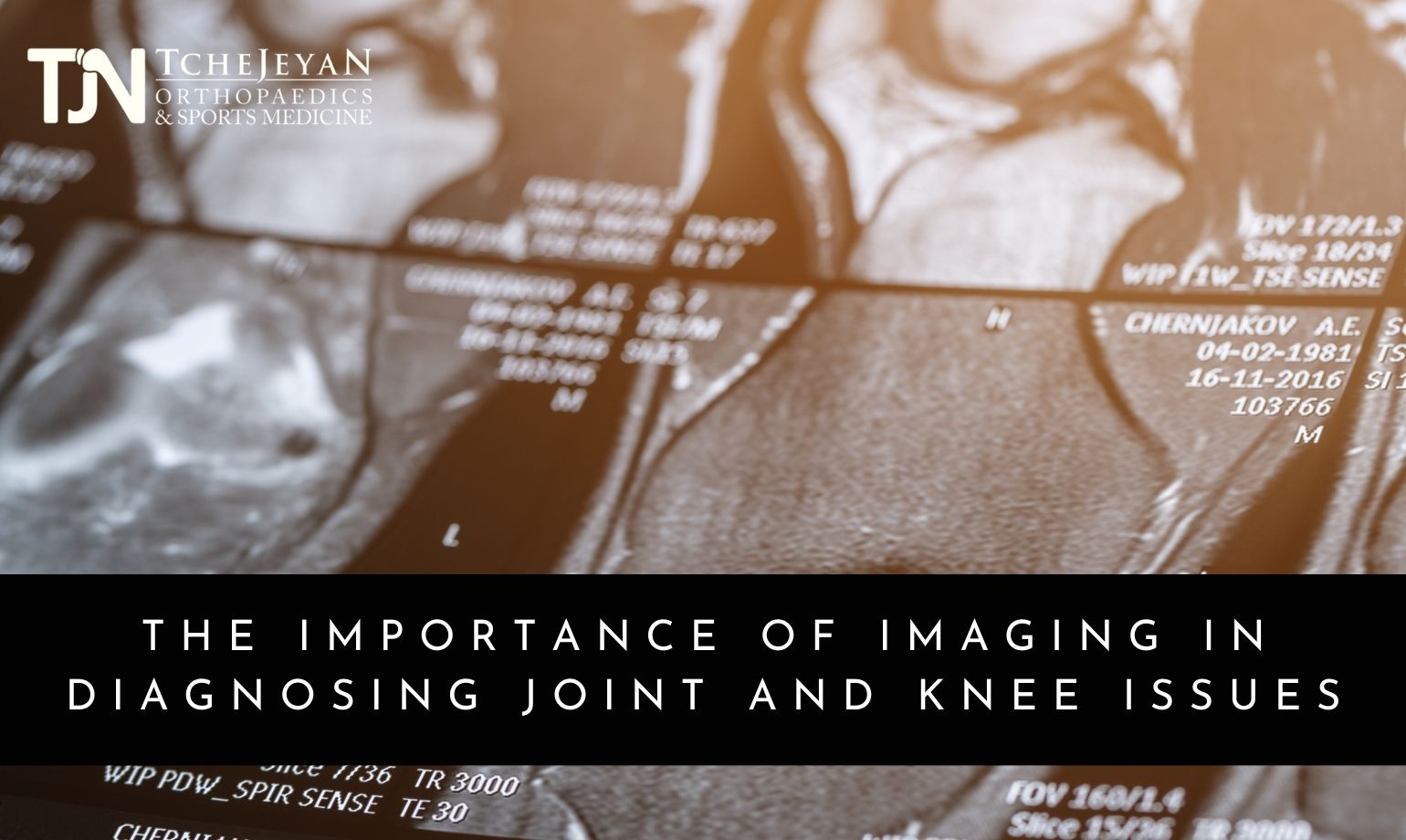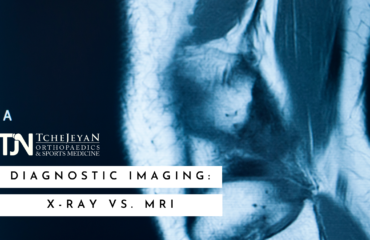When assessing and diagnosing joint and knee issues, the power of modern medical imaging cannot be overstated. Imaging plays a pivotal role in helping orthopedic surgeons analyze the musculoskeletal system in the area of the injury, enabling them to make an accurate diagnosis regarding the nature of any damage or condition and its severity. With an accurate diagnosis, doctors can recommend the treatment that will provide the most benefit.
There are several different imaging methods available to doctors, and each has advantages depending upon the nature of the injury and the type of tissue that is injured. Consequently, doctors may use more than one imaging technique to arrive at a diagnosis. Below is a short description of the different imaging methods used to diagnose knee conditions, each serving a unique purpose in revealing the intricacies of joint health.
X-ray
Radiographs, commonly known as X-rays, are often the initial imaging tests prescribed by orthopedic specialists, especially when there’s suspicion of bone wear and tear. Weight-bearing radiographs can offer valuable insights into the extent of arthritis within the knee joint, which helps doctors assess the suitability of remedies like joint resurfacing. In cases of acute knee trauma, to determine whether there is a fracture, X-rays become an indispensable diagnostic tool.
Ultrasound – Unveiling Soft Tissue Problems
Diagnostic ultrasonography is a valuable imaging technique for visualizing the soft tissues surrounding the knee. It detects muscle injuries, monitors bone healing, and identifies foreign bodies. Recent technological advancements have enhanced the accuracy of ultrasound, providing better insights into the nature and extent of any soft tissue damage.
Magnetic Resonance Imaging (MRI)
Utilizing a strong magnetic field and radio waves instead of X-rays, MRI is a cross-sectional imaging technique that offers unparalleled detail. The indications for knee MRI depend on the clinical situation. MRIs are accurate and helpful for diagnosing certain conditions. Another advantage of MRIs is that they do not expose patients to ionizing radiation and are therefore considered safer than X-rays. However, patients with metal implants or who are pregnant should exercise caution. Individuals with claustrophobia should inform their healthcare providers of the condition, as the MRI test requires patients to remain in an enclosed area for an extended period.
Arthroscopy
Arthroscopy is a surgical technique that does not require a large incision at the surgical site. While arthroscopy is generally not used simply for diagnostic purposes, the cameras used for performing arthroscopy provide an exact image of a problem. Arthroscopic images have been game-changing in enabling knee surgeons to provide precision treatment to resolve knee issues and to spot problems that may not have shown up in a non-invasive imaging test.
In arthroscopic knee surgery (also called minimally invasive surgery), surgical instruments are inserted into small slits cut into the skin. In one of the slits, the doctor will insert a tiny camera, while the other slits are used for inserting surgical instruments. The image picked up by the camera is displayed on a large screen, enabling the surgeon to see a magnified image of the surgical site as the surgery progresses. This type of imaging is highly detailed, enabling orthopedic surgeons to see, diagnose, and treat problems within the knee joint.
In orthopedics, imaging tests are crucial for diagnosing joint and knee conditions. Imaging tools contribute to more accurate diagnoses, enabling doctors to tailor treatment plans to each patient and ensuring the best possible outcomes for patients with joint and knee issues.
If you have knee pain or have injured your knee or other joints, contact Tchejeyan Orthopaedics and Sports Medicine in Thousand Oaks, California. We specialize in treating patients with athletic injuries and in helping active individuals regain mobility when sidelined by degenerative conditions. With the help of imaging tests, we will accurately diagnose your issue and get you back to the lifestyle you enjoy.


